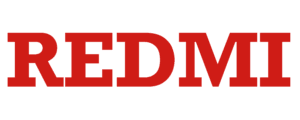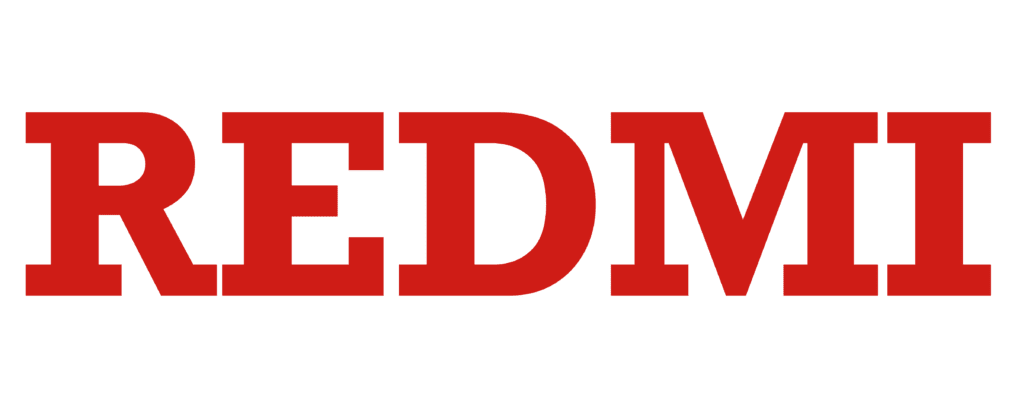Before starting a business or wanting to grow one, it’s crucial to know about the market. One must understand market opportunities, define the audience, and strategize growth.
To calculate all these perspectives, we have three metrics:
- Total Addressable Market, (TAM)
- Serviceable Addressable Market (SAM)
- Serviceable Obtainable Market (SOM)
In this blog, we will learn about
- What are TAM, SAM, and SOM?
- How to calculate TAM, SAM, and SOM
- Why these metrics are important to calculate
What is TAM?
The overall market requirements for a product or service, if it were possible to gain full access to the available market share, are referred to as the Total Addressable Market (TAM). It is the biggest market and the size of a business opportunity at its best.
Example: TAM for a video conferencing software company would be considered to have the following features: The total available market, that is, the total market size that can be targeted for video conferencing across the world.
Why is TAM to Be Measured?
Measuring TAM is essential because it provides the big picture of a market’s potential. Here’s why businesses should focus on it:
Understanding Market Viability:
TAM on its own assists firms to determine if the market is large enough to accommodate the investment. A small TAM may point to the absence of opportunities, while a large TAM may point to large unexplored opportunities.
Investor Confidence:
Some of the investors analyze the TAM factor to determine the range of the business. Much TAM indicates growth prospects, which positively influence the business, especially when seeking funders.
Setting Ambitious Goals:
Organizations are therefore able to set long-term objectives that relate to the indicated total market size.
Competitive Benchmarking:
TAM helps to locate the position of the business within the market and to measure competitive advantage.
How Do You Calculate TAM?
TAM can be calculated using two primary methods:
Top-Down Approach:
It is usually done by going from a broader perspective, such as the total market size (total industry revenue in a particular geography for a given period).
Example: If the global video conferencing market is $10 billion, a market for medium businesses can be estimated at 20%, or $2 billion.
Bottom-Up Approach:
Begin at the per-unit level and then amplify it by the size of the prospective customer base.
Example: For instance, if software costs $500 a year, and the global market comprises one million potential users, then TAM = $5000000 or $500 million.
What is SAM?
Serviceable Addressable Market (SAM) is the segment of TAM that your business can realistically target based on factors such as geography, product features, and distribution capabilities.
Example: Its SAM could be medium-sized businesses in North America that need the kind of features they offer; hence it is composed of a small number of companies.
Why is SAM to Be Measured?
Targeting the Right Audience:
It lowers the scope to a particular set of customers and hence provides the right direction in utilizing resources.
Marketing and Sales Planning:
Appreciation of the tenet of SAM aids in defining the market and marketing communication campaigns that find meaning with the receiver.
Realistic Revenue Forecasting:
While TAM refers to the overall market that is possible to capture, hence the greatest revenue, the SAM gives a more achievable one that is tangible in the current environment within which the business operates.
How Do You Calculate SAM?
SAM can be calculated using a step-by-step approach:
Start with TAM: It will be wise to start with the total market size.
Segment the Market: Filter it by location, product types, customer demands, or relative sectors known as verticals.
Apply Market Data: Further refine the segment by using industry reports, and surveys of customers or competitors.
Example:
For video conferencing software:
TAM = $10 billion (Total Addressable Market/the size of the worldwide video conferencing market).
SAM = $2 billion (segment for midsize companies in North America).
What is SOM?
Serviceable Available Market (SAM) is the segment of the total available market that your business aims to conquer within a given period framed by your business undertaking and considering the degree of competitiveness and market share your business intends to detail.
Example: If the company has a couple of salespeople and a focused product, its SOM would be a proportion of the North American mid-market businesses that might purchase from it.
Why is SOM to Be Measured?
Setting Achievable Goals:
SOM also helps to give a more realistic picture of what can be expected of the business and thereby avoid overstretching the business.
Efficient Resource Allocation:
Organizations can adjust activities according to where the most returns are expected.
Operational Focus:
SOM also makes certain that firms concentrate on the kinds of customers they can deal with well in order not to dissipate.
How Do You Calculate SOM?
To calculate SOM:
Start with SAM: Employ the improved market size from the SAM step, to estimate the market size more accurately.
Estimate Market Share: Determine how much additional margin it is possible to obtain considering the competition and internal conditions for SAM capturing.
Adjust for Constraints: Consider conditions including outlet capability, brand image, and cost.
Example:
TAM = $ 10 billion (Global).
Medium-sized businesses in North America = $2 billion
SOM = $100 million (achievable at present—but only in case of stronger competition and addressing the issue of resource constraints).
How Businesses Can Use TAM, SAM, and SOM
TAM defines those enormous markets that have been explored to a limited extent, while SAM aims at achievable customers and SOM aims at reachable goals in the short-term perspective.
Resource Allocation:
With SOM that gives an understanding of which areas can generate more value for the business, then the time and money that is spent can be well utilized.
Product Development:
From the SAM insights, organizations can identify the requirements for a particular market in terms of product design and features to incorporate.
Investor Communication:
Fostering TAM, SAM, and SOM to investors ensures confidence because it informs the investors on market possibilities and restraints within which the business operates.
Growth Planning:
They assist companies in setting both strategic and tangible objectives and outcomes throughout the short and the long run.
Conclusion
TAM, SAM, and SOM are not only valuable indices—they provide a framework that helps a business to determine market potential, select a niche, and set achievable aims.
TAM helps businesses define the total market potential and that is why it is measured. By implementing the two specific strategies, SAM defines and improves the audience for focusing on real opportunities, while SOM establishes a feasible goal, taking into account resources and competitors. By knowing how to calculate TAM, SAM, and SOM one can achieve different goals. Combined, all of these parameters become a mechanism for making sustainable decisions, effectively utilizing resources, and contributing to growth.
When seeking investors, introducing a new product, or strategizing, the best approaches are delivered by TAM, SAM, and SOM in today’s world of competitive business.






